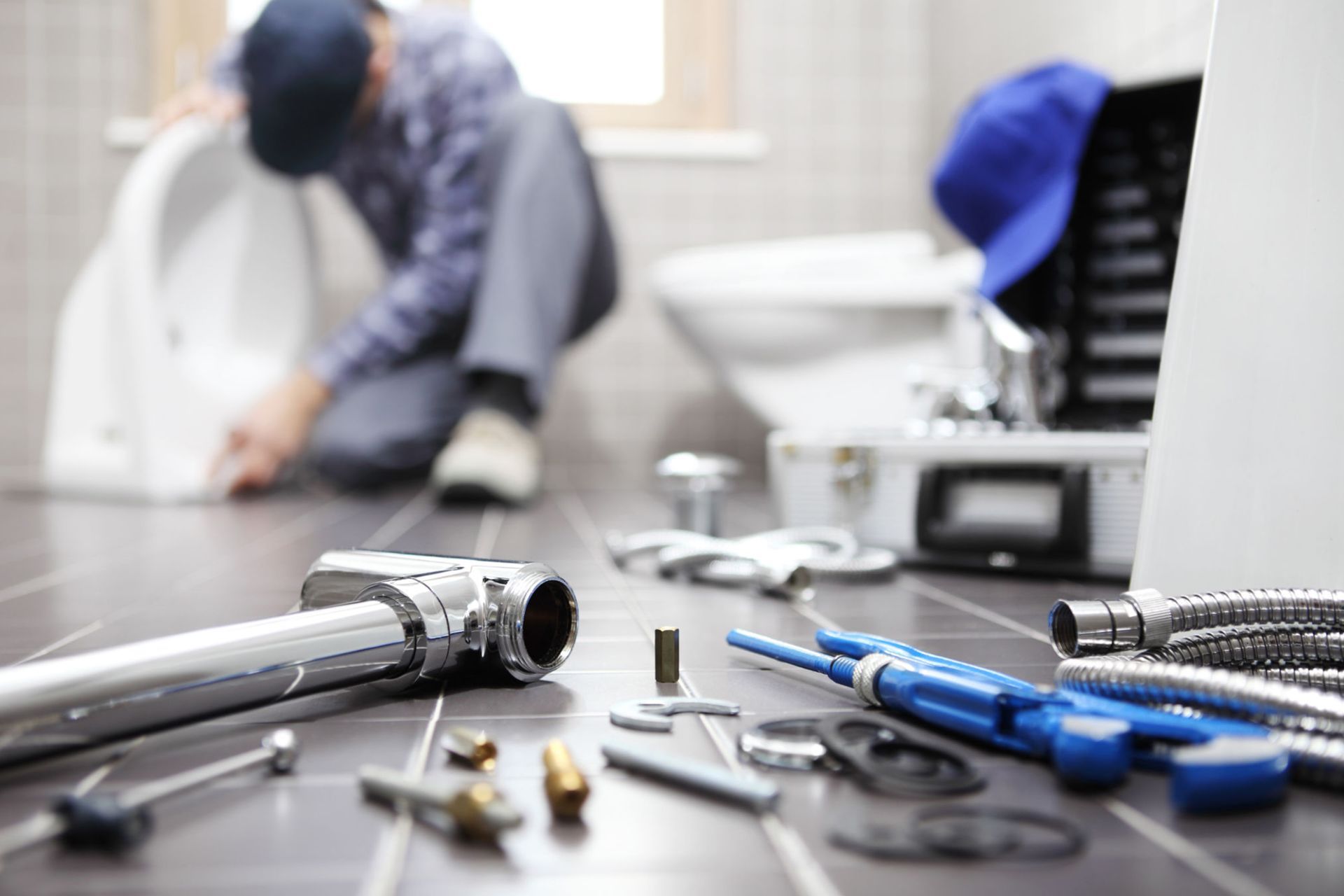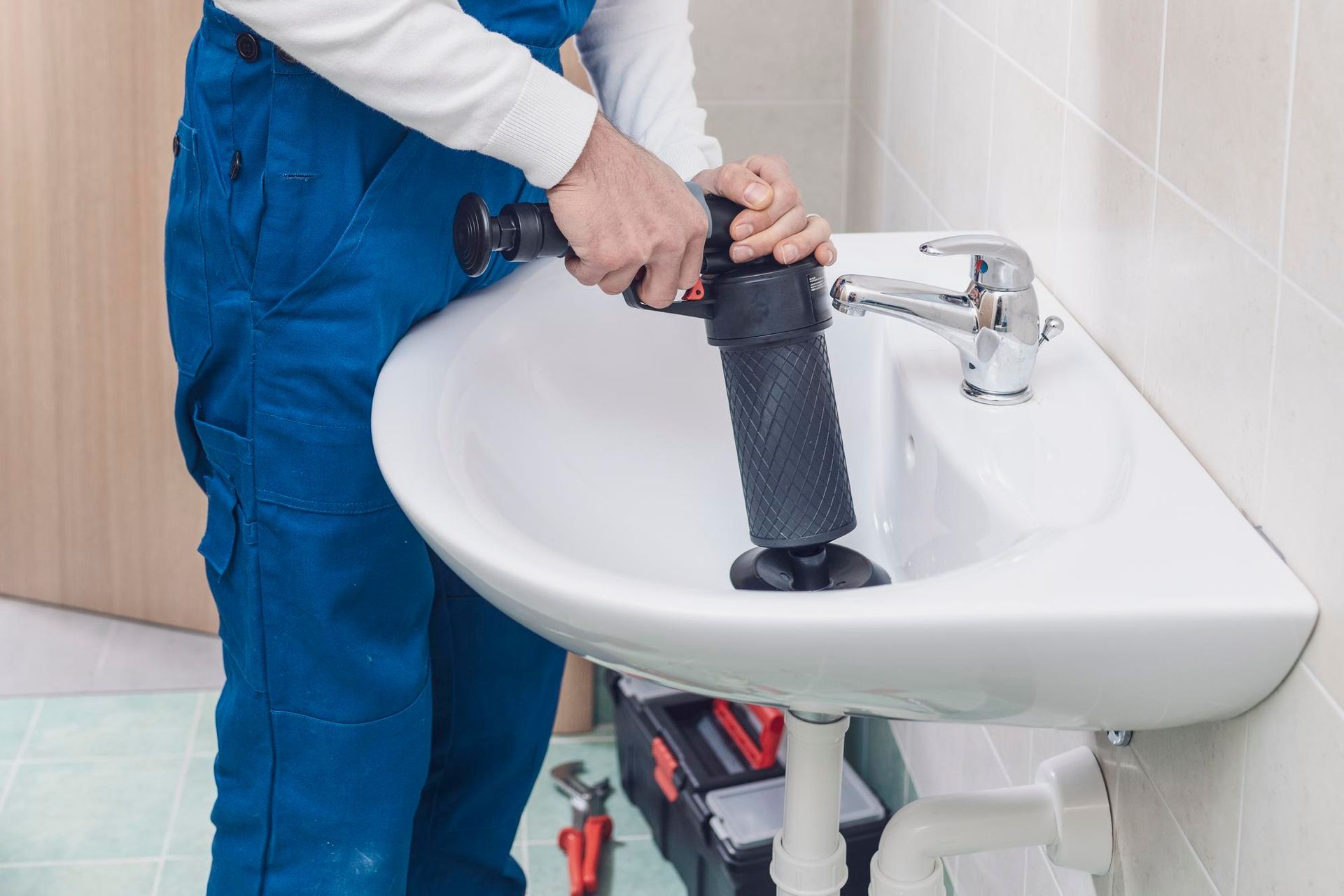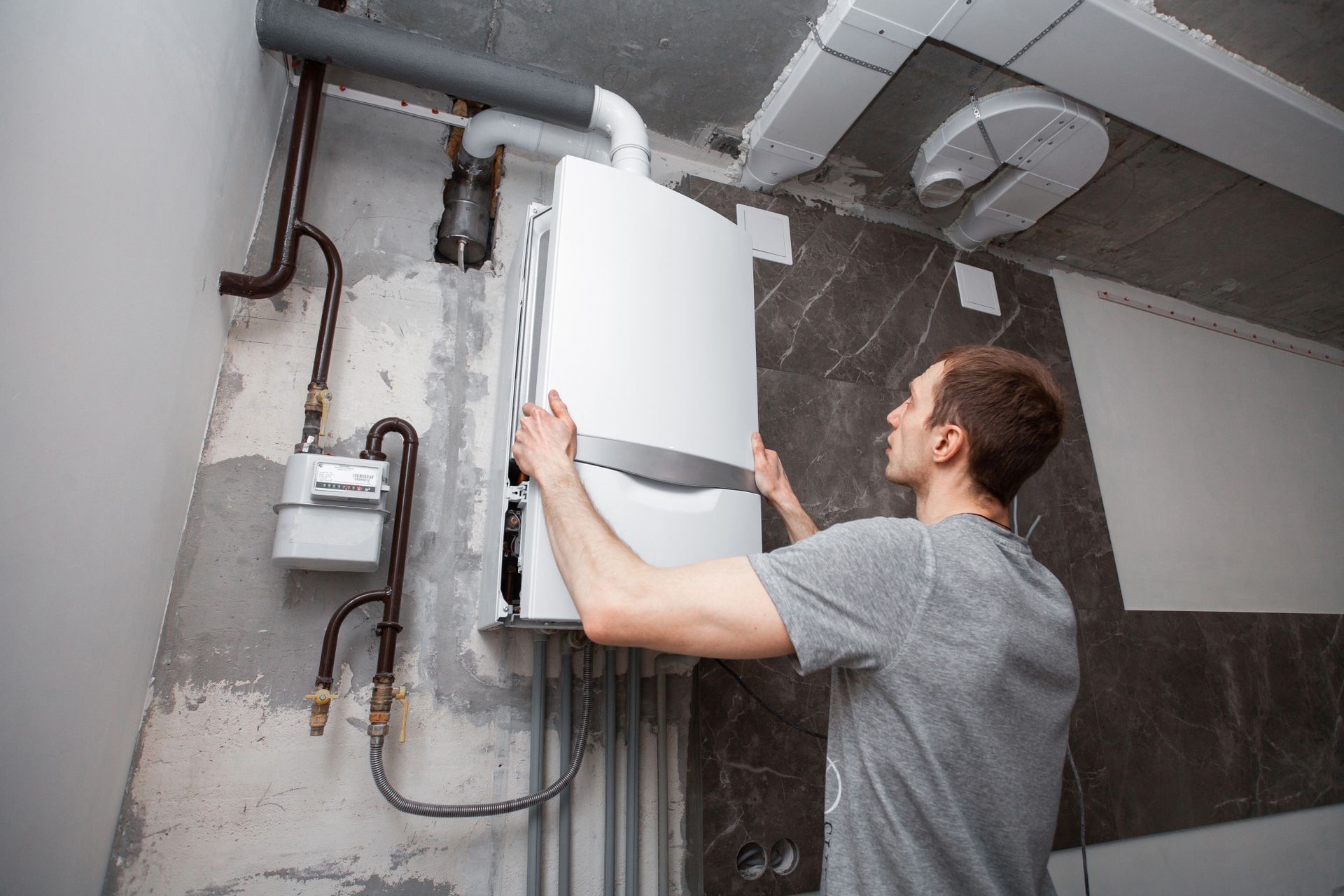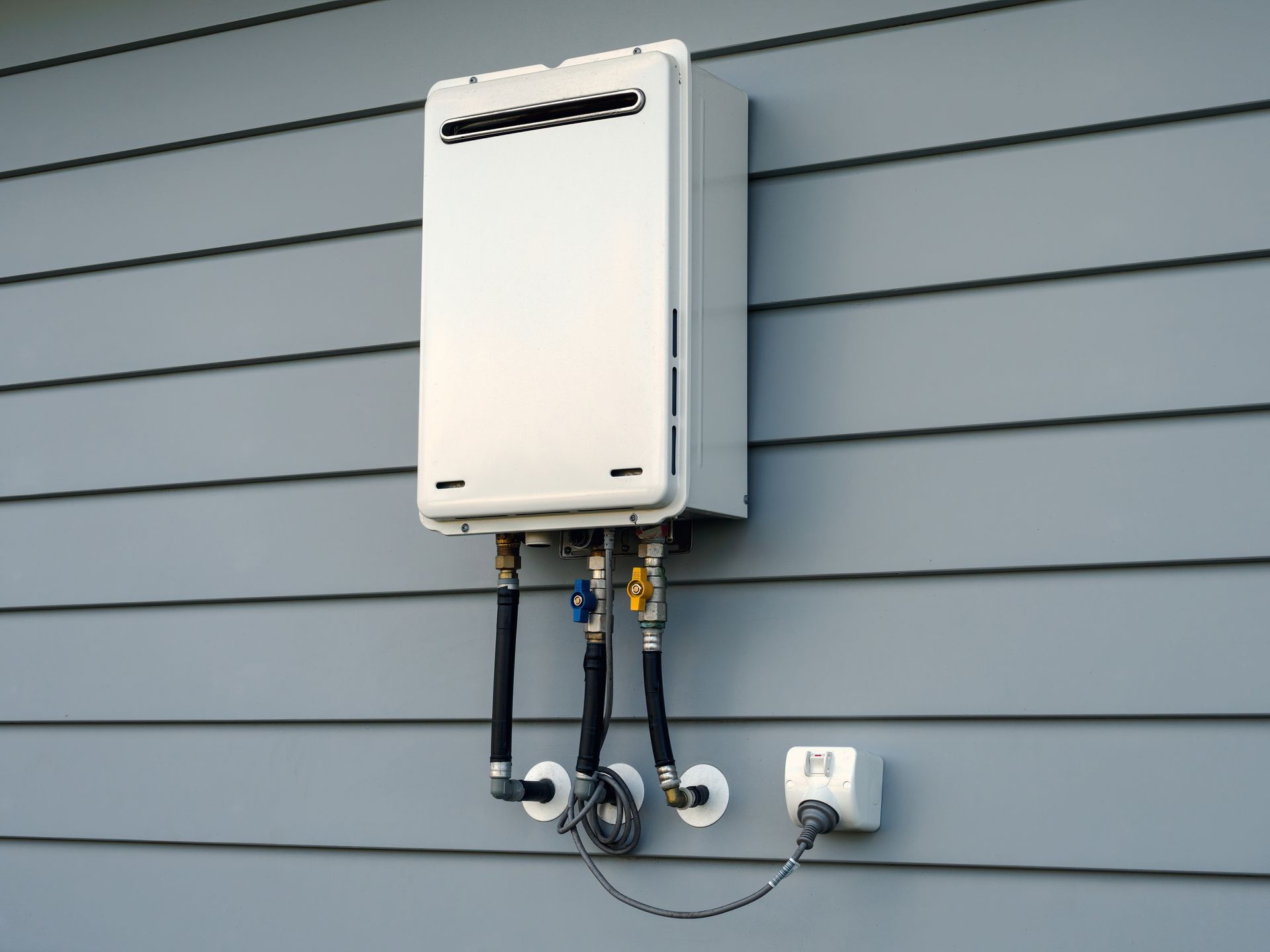Is It Time To Replace Your Sump Pump?
A sump pump has the important job of detecting water that may escape into areas under buildings and ushering it outside via attached drainage pipes. Therefore, it can prevent damage from any potential floods.
The sump pump is typically installed in the lowest place in a basement or crawl space, which is usually a portion that has been dug out to create a reservoir or ‘sump pit’ for excess liquid that may make its way into the area. The sump pump detects water in the pit and directs it away from the property via connecting pipes.
A sump pump requires electricity to run and it is therefore recommended that it be installed with a backup power source, such as a Liberty battery back-up system (from Liberty Pumps), which is a great investment.
Case in point, severe storms often cause flooding, as well as power failures. This means that even though your sump pump may detect the flood water during a storm, it may not have power to operate — leading to the same damage you would if you didn’t have a sump pump to begin with.
When to Replace a Sump Pump
Sump pumps need to be replaced every few years. It is estimated that the average lifespan of a sump pump is approximately ten years.
There are several signs that will indicate when a sump pump needs to be replaced. Some of these indicators are:
1) It’s constantly running
A sump pump operates using switch and float arm mechanisms. Usually, the main cause of a constantly running sump pump is a switch problem, which can occur when the pump shifts in the sump pit or if it has been improperly installed. This can result in the float becoming ineffective or cause the switch to lose connection with its power source.
If a sump pump runs continuously without any reason, it may not be able to manage water loads, necessitating its replacement.
2) It’s noisy
Strange, loud sounds coming from a pump may be a sign of worn or damaged parts. If the noise of the motor from a sump pump is especially noisy, the motor could have a bearing that has failed. Rattling or grinding noises may indicate a jammed or damaged impeller, which is the fan on the bottom of the pump that pulls water in.
3) It’s old
Despite regular cleaning and maintenance, sump pumps need to eventually be replaced. Experts recommend replacing a sump pump that is seven years or older.
4) It’s clogged
Sump pumps can become clogged due to dirt and debris getting into it. This can cause the float switch in the pump to become locked in either the ‘on’ or ‘off’ position, leading to malfunction of the unit. The pipes of the drainage system attached to the sump pump can also become clogged with mud and debris.
5) It’s rusty
While rust that appears on a sump pump can come from corroded battery terminals, it can also be due to ‘iron bacteria.’ These bacteria feed off of iron in water, causing discoloration and production of iron ochre, which is a gelatinous, smelly substance produced by the bacteria as a metabolic byproduct. This thick ooze can clog drainage systems, including sump pumps — and even cause basement flooding.
Although iron bacteria are not hazardous to humans, they can cause issues with water flow in drainage systems.
How Much Do Sump Pumps Cost to Replace?
While some people may opt to repair broken or malfunctioning sump pumps, it’s usually a better option to completely replace them. Repairing a sump pump can cost between $400 and $1,500, whereas replacing it is usually in the range of $1,550 – $3,000, with the average cost being close to $730 (this includes both materials and installation labour). A new pump can give you better peace and security about any potential flooding and water damage in the basement.
How to Choose a Replacement Sump Pump
There are two main types of sump pumps: submersible and pedestal.
Submersible pumps, as the name indicates, are submerged in water in the sump basin — and thus require a larger sump pit.
Because they are placed in water, this helps reduce noise from the pump. In addition, they can come with lids that can prevent debris from falling into the pit. An airtight lid also helps moist air from being released into the home.
The water also helps to cool the motor, which is an added benefit of submersible pumps, particularly during long periods of use such as during heavy storms. Submersible sump pumps are significantly more powerful than pedestal pumps and can pump out solids and debris that may enter the sump pit.
A pedestal pump is usually used in cases where the sump pump pit is either narrow or shallow. In contrast to submersible pumps, the motor of pedestal pumps is located above the water in the sump basin. Although it takes up less space than a submersible pump, a pedestal pump is generally louder because of being above water.
If you live in an area that is prone to flooding, or a sump pit that has solids and debris, a submersible pump would be recommended — as it will be able to pump water higher than a few feet to the outside, as well as remove debris. It can achieve this due to greater horsepower ratings, which also allows it to pump more gallons per hour (GPH) through the system compared to a pedestal pump. Although they are more expensive than pedestal pumps, they are generally worth the investment.
Whether you choose a submersible or pedestal pump, it is recommended that you get a pump with a cast iron core and not one made of plastic. Cast iron helps dissipate heat to the surrounding water, increasing the life of the pump.
A pump with a no-screen intake design coupled with an impeller that can handle solids up to half an inch in diameter is advised, as this can prevent clogs.
Experts also recommend that the switch should be mechanical and not pressure-based, while the float should be solid so it can’t become waterlogged. This can cause a failure to switch off, which could burn out the pump.
In addition, it is advisable that the pump has an alarm that gives out an alert when the water reaches a specific level.
Call Wade Roberts Plumbing Today
If you are concerned or unsure about the status of your sump pump, call us today for assistance. We can provide expert help for sump pump issues and all of your other plumbing needs.
Contact us today to book an appointment. You can call us at 250-883-7545 or send us a message through our contact form!
The post Is It Time To Replace Your Sump Pump? appeared first on Wade Roberts Plumbing Victoria BC.









